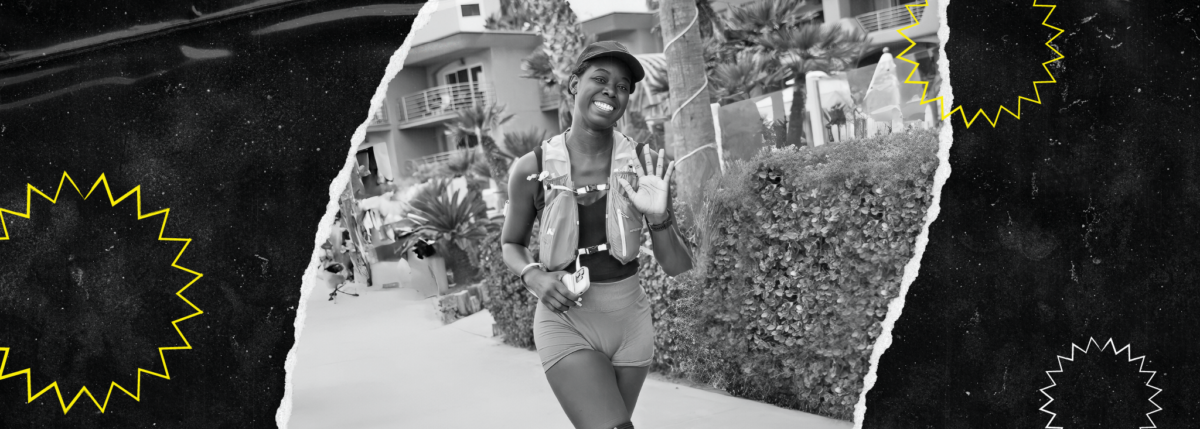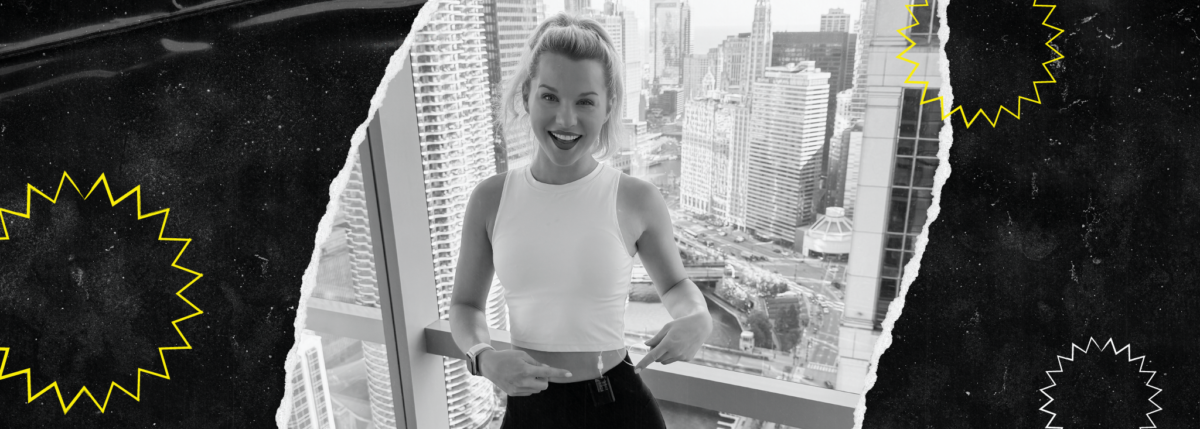How to Remove Shame from Type 2 Diabetes
Written by: Rachel Zinman
3 minute read
February 23, 2019
There's no reason to be ashamed to have Type 2 diabetes. Read our article on how to resolve and remove shame from Type 2 diabetes in your life.
Rachel is the author of Yoga for Diabetes and a contributor in the Beyond Type 1 Network. She raises awareness about the benefits of yoga for people living with diabetes. Learn more about Rachel and her work by visiting her website www.yogafordiabetesblog.com. This is her story on how she’s dealt with the shame of her diabetes diagnosis.
I don’t think I’ve ever felt as ashamed as on the day of my diabetes diagnosis. My doctor shoved a few pamphlets on my way into his office and said I would have to find a way to fix this on my own. Though we didn’t discuss my feelings or any of the ramifications of living with diabetes, I soon learned I would also have to carry the burden of adjusting to diabetes on my own.
I remember trying to figure out where I went wrong leading up to my diagnosis. Even though I wanted to bury myself in the ground, hiding wasn’t going to fix my situation. My willingness to be vulnerable and openly sharing this new experience was my first steps to confronting diabetes in my life. But first, I had to unpack the shame from my diagnosis and believe my experience will help those who live with type 2 diabetes.
There are stigmas that surround type 2 diabetes. They can be reinforced from anyone and anything such as medical professionals, friends, family and even ourselves. Misinformation about type 2 diabetes can contribute to the belief that only those who are obese and eat a poor diet are diagnosed. However, it is no one’s fault if they have it.
I never thought about shame as a muscle we can shape until I read Brene’ Brown’s Gifts of Imperfection. As a shame researcher, she shares her own experiences with it and how she developed “shame resilience.”
Part of living with diabetes is about learning how shame manifests on a personal level. Do you want to run away and hide and ignore the condition? Are you hoping you’ll just wake up one day and diabetes will be gone or ask yourself, “why me?” Have you taken your healthcare provider’s advice to control your blood sugar levels but didn’t address the emotional aspects of living with diabetes?
When we feel shame we are dealing with more than just one emotion. Shame engenders fear of what could result from out of control blood sugar. It stimulates blame and makes us think we did this to ourselves. Shame also kindles denial—we believe our doctors were wrong about our diagnosis and we aren’t actually experiencing type 2 diabetes-related symptoms.
Shame is such a tricky emotion because it can seed perfectionism by trying to fix ourselves and beating ourselves up when we think we’ve failed at diabetes management. At times, we expect the impossible from ourselves. There are lots of things we can perfect, but the function of the pancreas isn’t one of them. Rather than trying to live up to impossible standards, set realistic and manageable goals. Remind yourself you can only do your best and that’s enough.
The Steps to Removing Shame from Living with Diabetes
Recognizing how we view type 2 diabetes is the first step in opening up about our vulnerability and fears about managing it. The second step is practicing self-care when we feel overwhelmed. Think of yourself as an injured child. What would be the first thing you would do to make them feel better? Give a warm embrace? Provide some encouraging words and ensure them everything will be okay? Doing things that are good for your mental and emotional well-being can help you come to terms with your diabetes diagnosis. This is the start of building a positive relationship with yourself, diabetes management and the start of living an empowered and happy life.
Third, learn to reach out to others. After the initial shock of diagnosis wears off, find someone to talk to about it. Whether you’ve changed your diet, started medication, or began a new fitness regimen, don’t underestimate the power of peer support. Joining in-person meet-ups, online Facebook groups, following others living with type 2 diabetes on Instagram, or being part of the Beyond Type 2 community will provide you the support system needed to handle the ups and downs of diabetes. Meeting other people who live with type 2 diabetes is an opportunity to gain inspiration from other’s stories. Everyone’s diagnosis story is unique, as well as the ways we manage our health. Having a trusted person to talk to can lift the burden and make it less daunting.
Finally, educate yourself in whatever way you can about type 2 diabetes. Learning about it will empower you to make choices that will provide long-term benefits. Instead of focusing on the possibility of suffering from diabetes complications, focus on what you can do right now to support your body and thrive. Can you be more physically active so as to kick start your insulin sensitivity? Can you learn more about the effect of food on your blood sugar and overall health? Can you educate yourself on the mental and emotional side of living with diabetes? Get creative and express your relationship with diabetes through blogging, podcasts, vlogs and social media.
A type 2 diabetes diagnosis is not something anyone wants but it is possible to live a full life with it, unapologetically. Take actionable steps to reach your diabetes management goals. Be willing to do whatever it takes and remember— you got this! You can live Beyond Type 2!
[bt1-cta link=”https://community.beyondtype2stg.wpenginepowered.com/” text=”Join the Beyond Type 2 Community!” color=”red” align=”left” ]

Author
Rachel Zinman
Rachel was diagnosed with diabetes in 2008 and has been practicing yoga for over 30 years. At first the doctors weren’t sure whether it was Type 1 or 2 and it took nearly six years to get the right diagnosis — Type 1 LADA. She's the author of Yoga for Diabetes, How to Manage your Health with Yoga and Ayurveda. She uses her yoga practice to help her manage diabetes. She believes Yoga is for everybody and it's her mission to share what she's learned with the diabetes community and raise awareness about Type 1 and Type 2 amongst yoga teachers globally.
Related Resources

Danica Collins not only prepared for one of the most challenging physical events of her...
Read more

Beyond Type 1 is spotlighting inspiring athletes with type 1 diabetes as they prepare for...
Read more

On November 3, 2024, Taylor Rindfleisch of Chicago laced up her running shoes for the...
Read more

